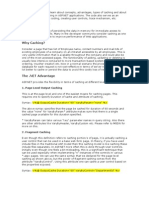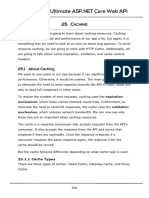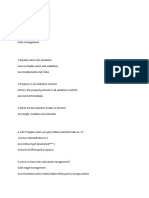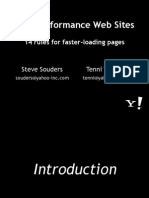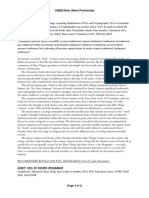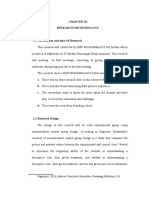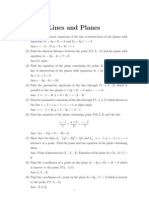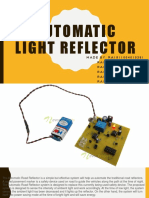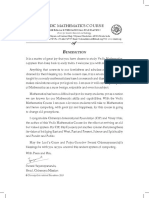0% found this document useful (0 votes)
102 views8 pagesPractices: Steve's Caching Tips
Uploaded by
sanc199000Copyright
© Attribution Non-Commercial (BY-NC)
We take content rights seriously. If you suspect this is your content, claim it here.
Available Formats
Download as DOCX, PDF, TXT or read online on Scribd
0% found this document useful (0 votes)
102 views8 pagesPractices: Steve's Caching Tips
Uploaded by
sanc199000Copyright
© Attribution Non-Commercial (BY-NC)
We take content rights seriously. If you suspect this is your content, claim it here.
Available Formats
Download as DOCX, PDF, TXT or read online on Scribd
/ 8





